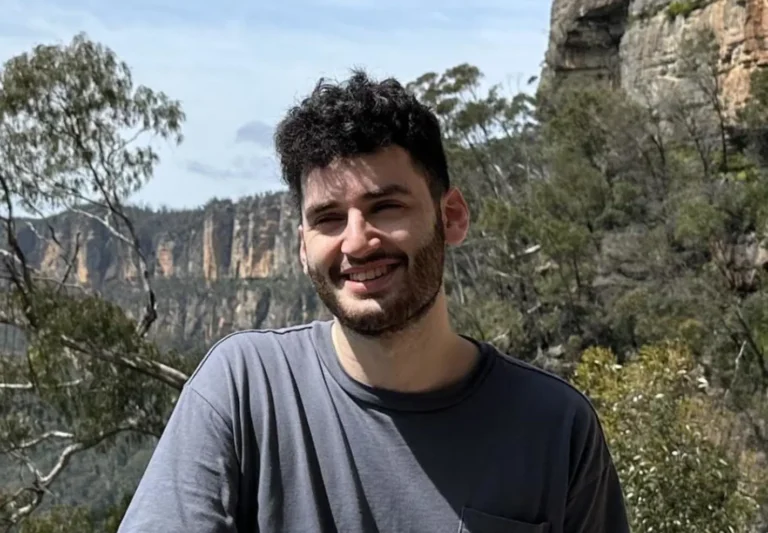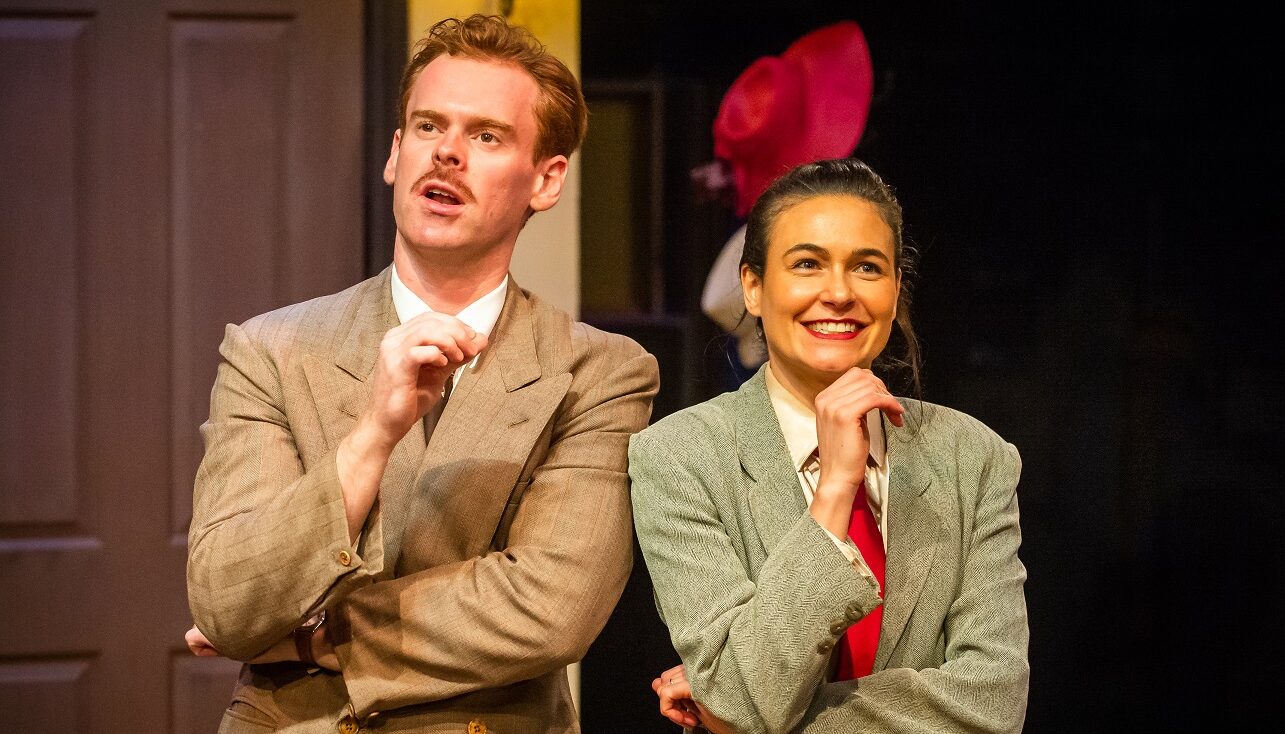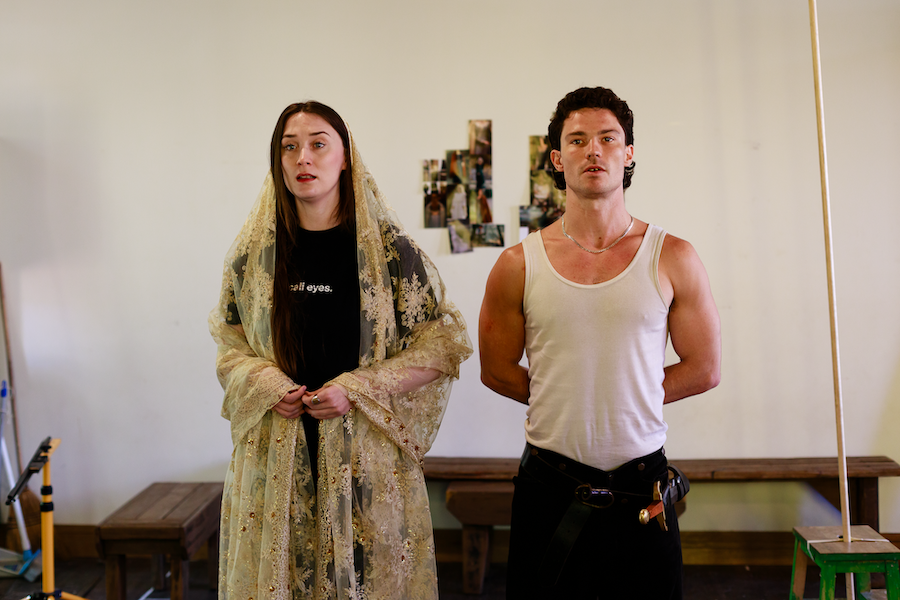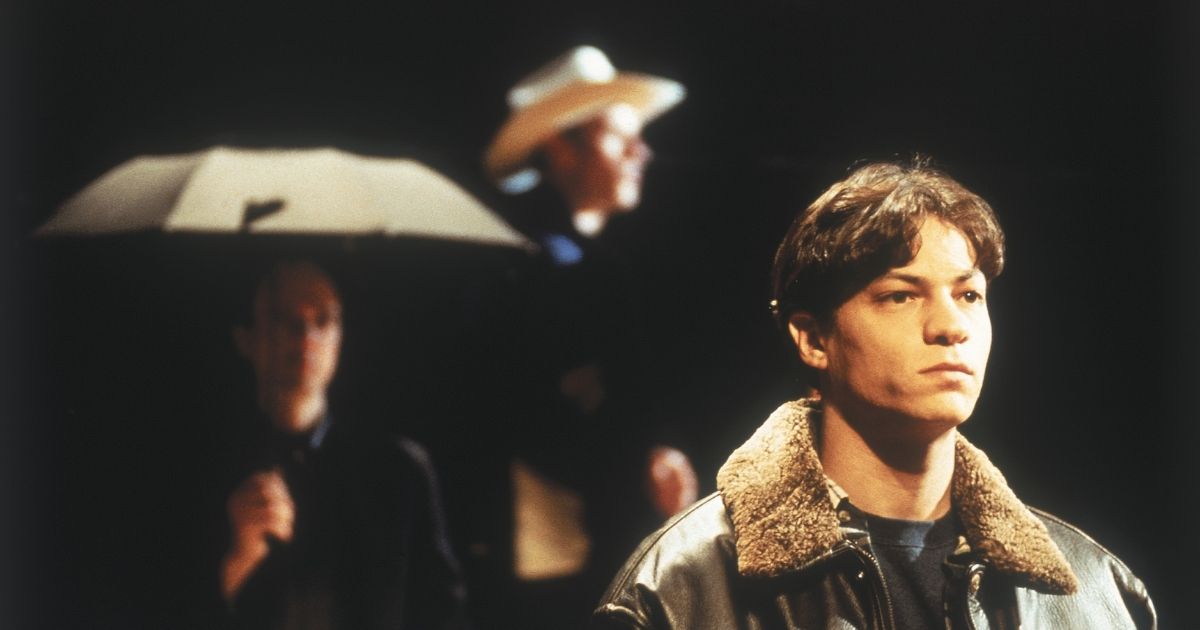
TALKING THROUGH YOUR ARTS – BEIJING SILVERMINE

There was an interesting phenomenon during the decade of the 1980s through to the early 1990s in China. At that time, when everyone was applauding China’s opening-up, the nation’s artists were also being revealed and art from the past, shown.
With the global economy booming and international relations improving, the 1980s was a period when global consumerism rose in China. People’s aesthetic taste expanded with more financial freedom and their appetite for art grew along with it. This sensation created an undeniably powerful force in the marketplace.
Thirty years of modern history has added to the complexity of the Chinese ethos and from the spectre of memories we are transported back to this living world through the uncovering of an amassed photographic history.
French photography collector Thomas Sauvin encountered a man in Beijing, a stockpiler of negatives for the processing of silver nitrate content and immediately recognised the potential. The relationship has culminated into an accumulation of over 650,000 rescued images of everyday moments.
Beijing Silvermine covers a 20-year period from 1985, through to 2005 when digital photography became popularised and the use of film out-dated. Since 2009, Sauvin has archived discarded anonymous glimpses of a significant era of cultural change.
In this presentation Sauvin has selected images that explore universal themes of love, leisure, birth, youth and happiness. There are candid portrayals of domesticity, the introduction of white goods, fast food chains such as Mcdonalds, and posters of Hollywood stars on home walls that were brought into mainstream society. While all the photographs were taken in Beijing, the settings could have been placed in any city.
Three successful exhibitions in China have resulted from this extensive collection. In a recent interview Sauvin relayed, “I find that when foreigners look at China they have a rather extreme perspective and these images are not that incredible and not catastrophic, they’re of just everyday life.”
Modern art exhibits are known to have a way of impacting and relating to other events of life. Chinese artists saw the modern art exhibits in the 1980s as a way to use culture to save the art of China. The social climate was such that modernism was good and the past was bad. In this exhibition the impersonal collective history of the ordinary is extraordinary. (AS)
Beijing Silvermine, Jan 11-Feb 22, 4A Centre of Contemporary Asian Art, 181-187 Hay St, free, 4a.com.au
BY ANGELA STRETCH









